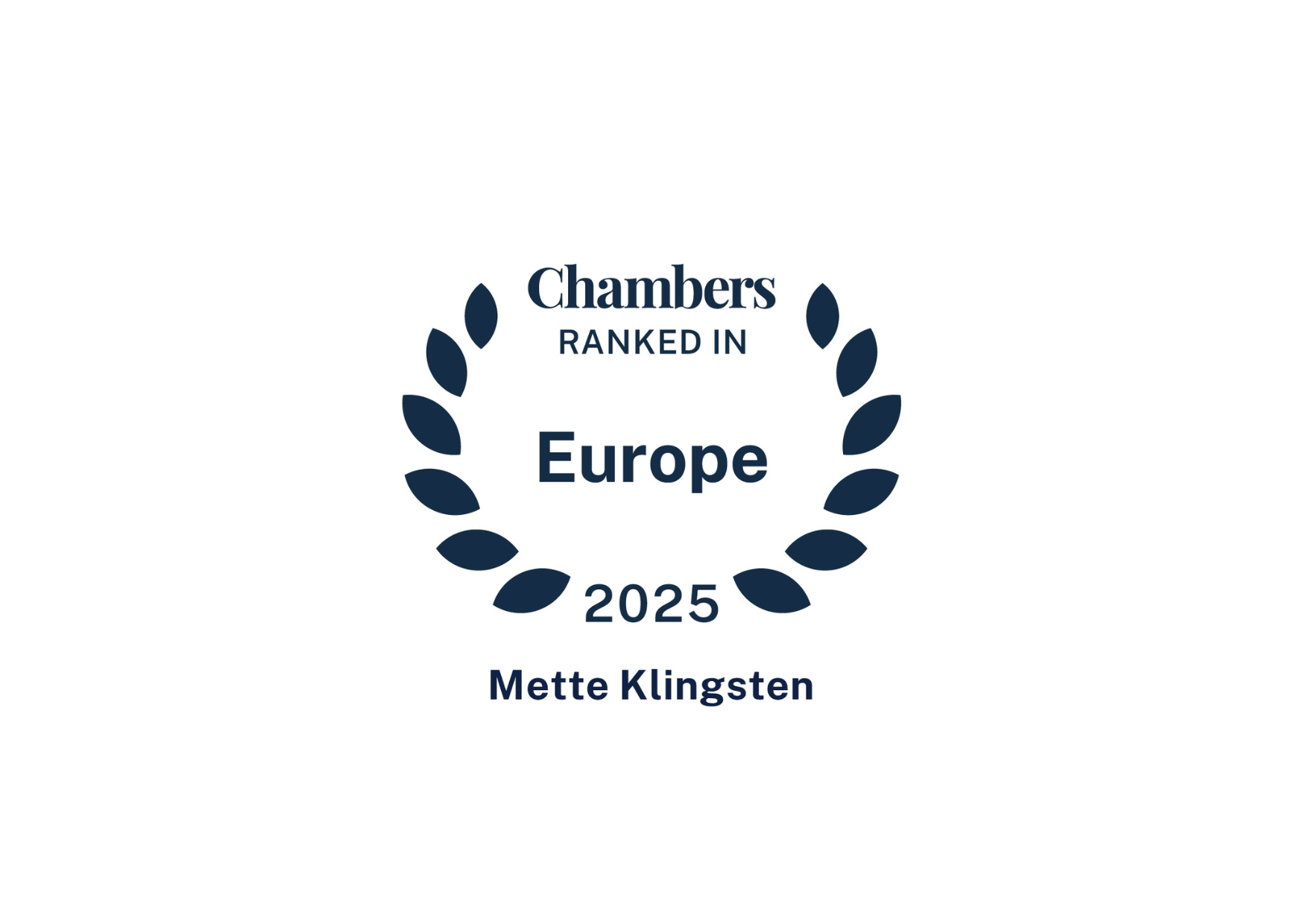
The Equal Treatment Board has ruled that it was not a breach of the Equal Treatment Act for a company to provide favorable pay conditions for female employees as opposed to males when taking leave pursuant to the Maternity Act.
The Maternity Act, the Equal Treatment Act and the underlying directives
The Maternity Act was amended with effect of 1 July 2022 and is applicable to children born on or after 1 August 2022. The new provisions of the Maternity Act implemented the European Parliament and Council Directive on work-life balance for parents and carers (Directive 2019/1158/EU of 20 June 2019) – commonly referred to as the Leave Directive.
The purpose of the Leave Directive was to help achieve gender equality, by promoting women’s participation in the labor market, encouraging an equal distribution of care responsibilities between men and women, and reducing the income and pay gap between women and men. These objectives are reflected in the provisions of the Maternity Act which include, amongst other things, the equal right of men and women to leave with maternity benefits after childbirth.
Despite the Leave Directive’s gender quality objectives, it is still permissible, pursuant to Section 1(8) of the Equal Treatment Act, to maintain provisions that protect women, particularly in connection with pregnancy and childbirth. This provision corresponds to Article 28 of the European Parliament and Council Directive on the implementation of the principle of equal opportunities and equal treatment of men and women in matters of employment and occupation (Directive 2006/54 of 5 July 2006). The same principle also to the provisions of the Pregnancy Directive (Council Directive on the introduction of measures to improve the safety and health at work of pregnant workers, workers who have recently given birth or are breastfeeding (Directive 92/85 of 19 October 1992)). The Pregnancy Directive ensures that female workers have the right to maternity leave for at least 14 consecutive weeks distributed before and/or after childbirth.
It has therefore been commonly accepted that, despite the aim of gender equality in the Leave directive, provisions in maternity policies, collective agreements, etc., which provide female employees with favorable pay conditions (as compared to than men) for the period of 14 weeks before and/or after childbirth, could be upheld based on the provisions and aims of the Pregnancy Directive. It has also been a commonly accepted principle that there was no legal basis for differentiating between men and women beyond the 14 weeks before and/or after childbirth.
Facts of ethe case
The male claimant returned to work in August 2023 after taking 38 weeks of leave under the Maternity Act. During the 38 weeks leave the claimant received 15 weeks full pay from his employer, and maternity benefits for the remaining 23 weeks.
Upon returning to work, the claimant became aware that his female colleagues were entitled to 34 weeks of maternity leave with full pay.
The claimant subsequently filed a discrimination complaint with the Equal Treatment Board against the employer, demanding payment of DKK 56,000, equivalent to the difference between maternity benefits and pay over a period of 19 weeks (the difference between 15 weeks of pay for male employees and 34 weeks of pay for female employees).
The Decision
The Equal Treatment Board found that the man had not been subjected to discrimination, the Board emphasized that the Equal Treatment Act does not prevent the introduction or maintenance of more favorable provisions for the protection of women in connection with pregnancy and maternity.
The man’s complaint was therefore dismissed.
Mette Klingsten Law Firm’s comments on the decision
The decision by the Equal Treatment Board is unexpected, as it departs from the established principle that positive discrimination in favor of female employees is permissible only for a period of 14 weeks.
In our view, this decision should not be considered conclusive, and it would be prudent to await a potential ruling from a higher court to ascertain whether positive discrimination in favor of female employees is legally permissible beyond the 14-week period. Consequently, we continue to recommend that any positive discrimination in the company’s maternity policy be limited to a 14-week duration.
The decision can be read in its entirety via this link.
Contact Mette Klingsten Law Firm if you have questions about the Maternity Act, or if you wish to have a review of your current policies to ensure compliance with the Maternity Act and the Equal Treatment Act.



Thanks to the following contributors to the website: Steen Evald (photograph), Stine Heilmann (photograph), Count Pictures (video), Kunde & Co. A/S (design), WeCode A/S (coding)